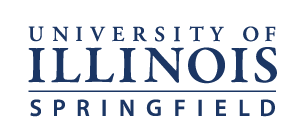Webquest
Webquests use Internet resources in inquiry based learning. The focus is on using and evaluating information more than searching for it. Webquests usually provide the list of Web resources rather than require students to begin with a search engine. The model was first developed using the name Webquest by Bernie Dodge and Tom March at San Diego State University in 1995.
Appropriate Content Areas
All, although there are fewer examples in mathematics than most others.

